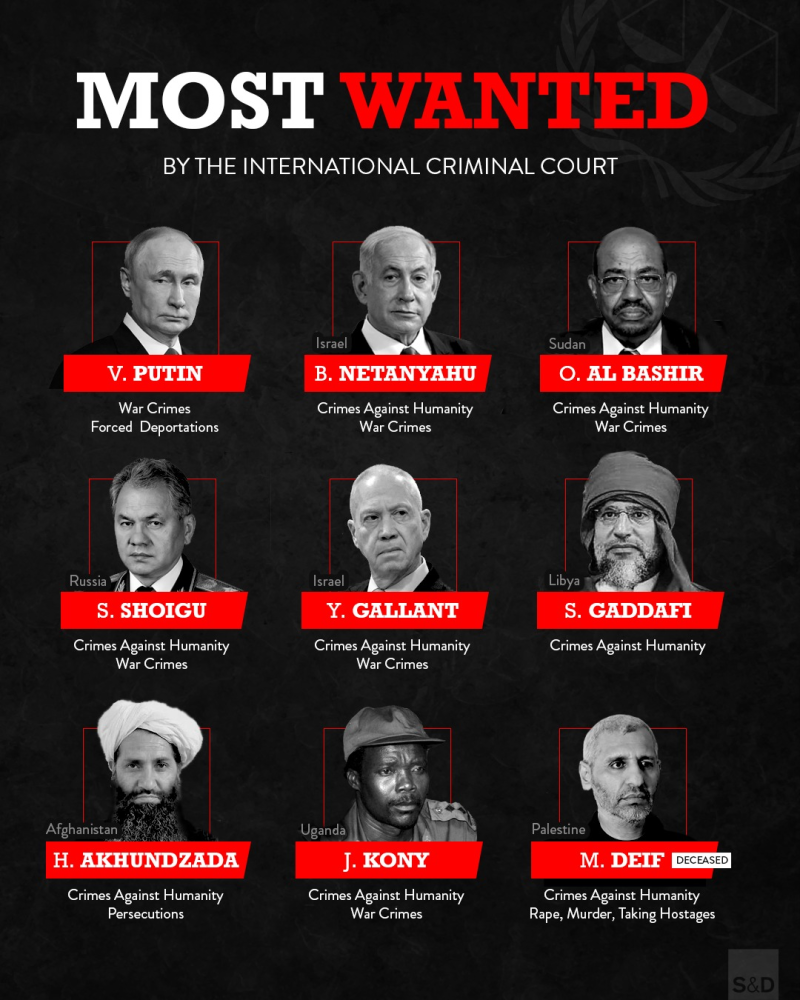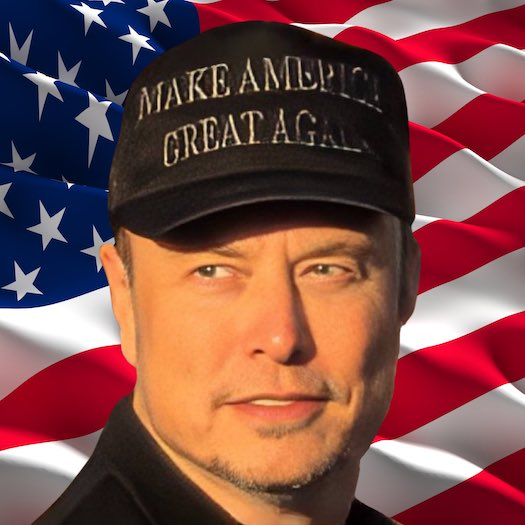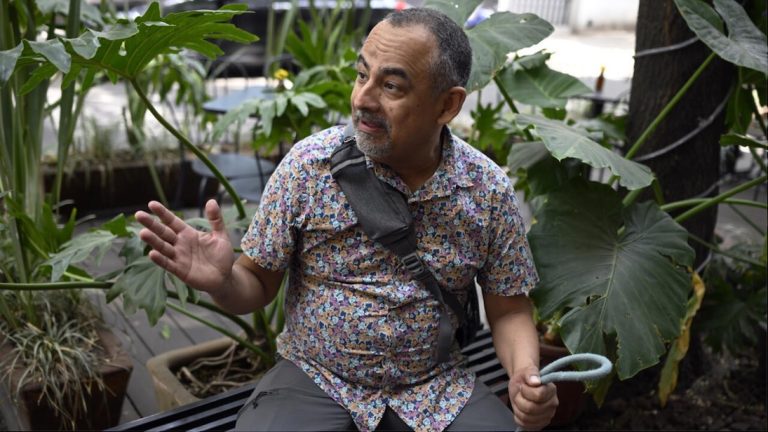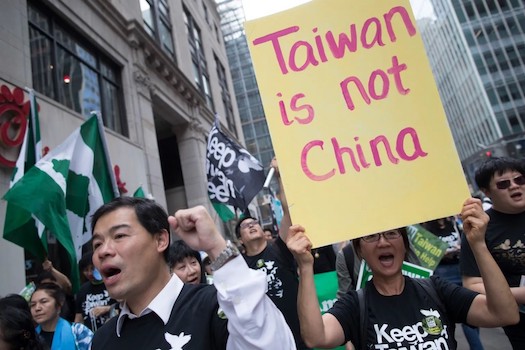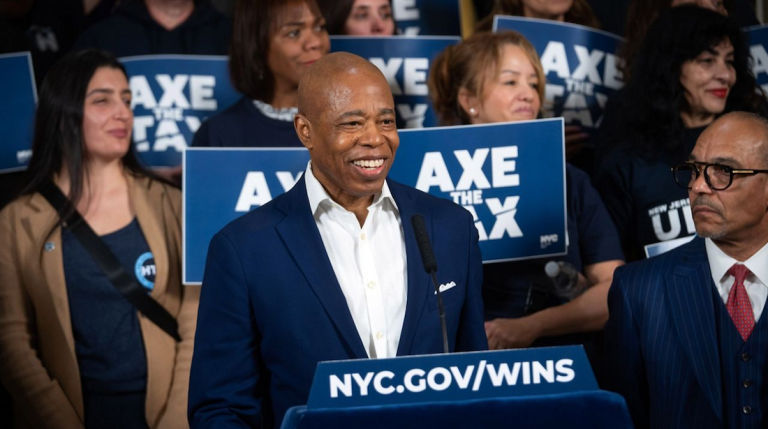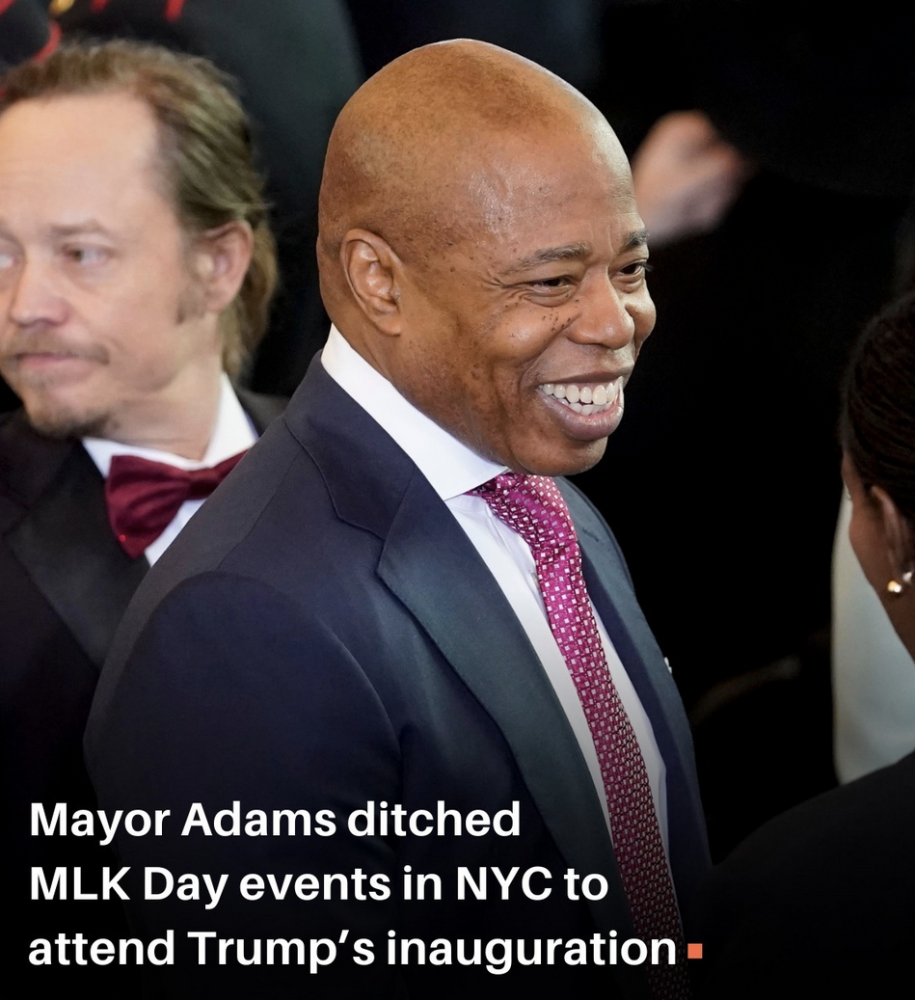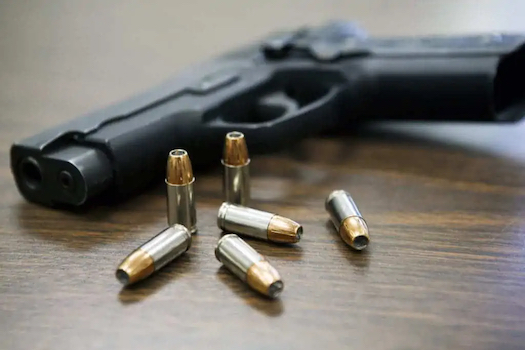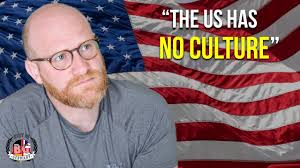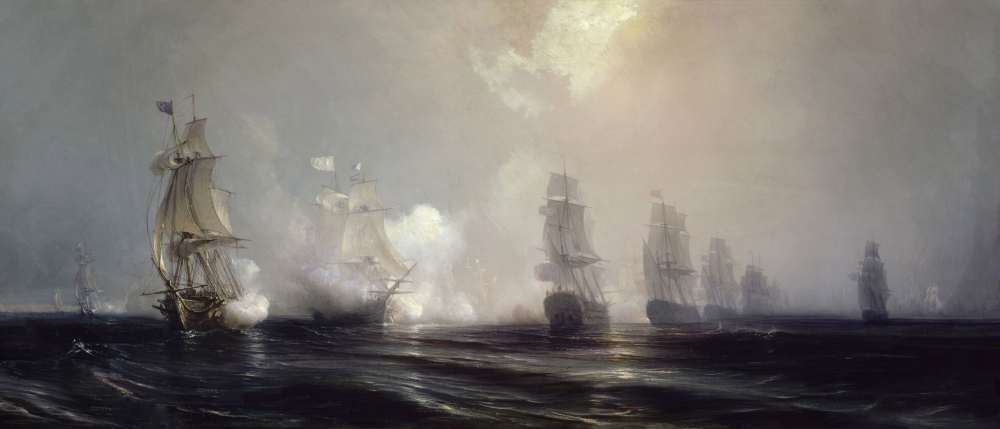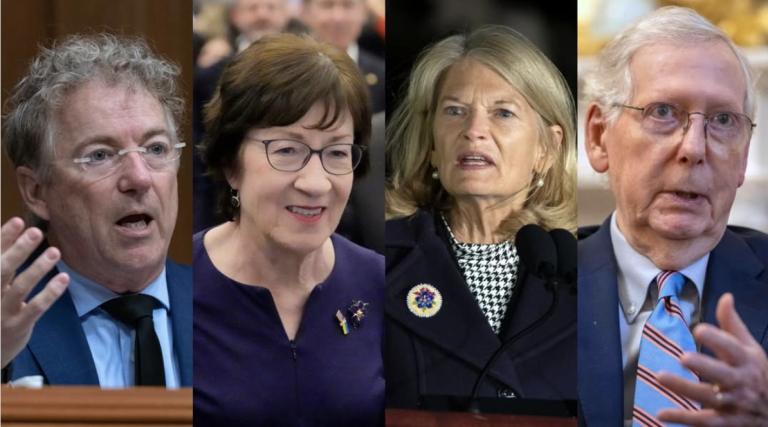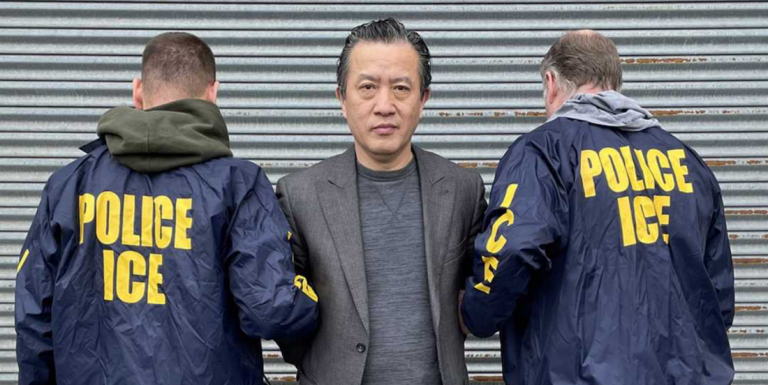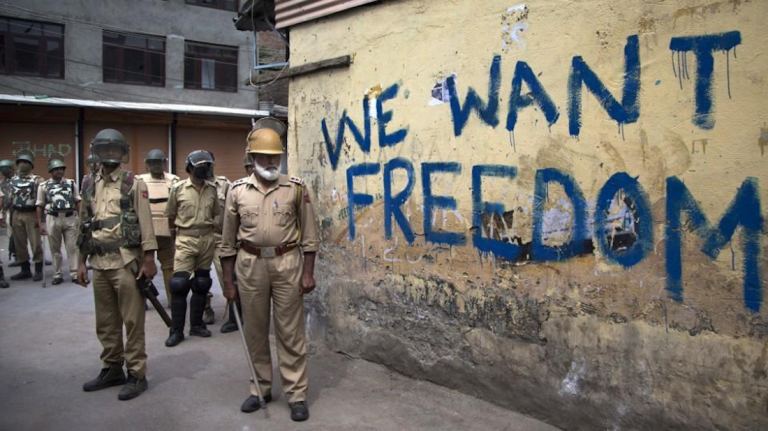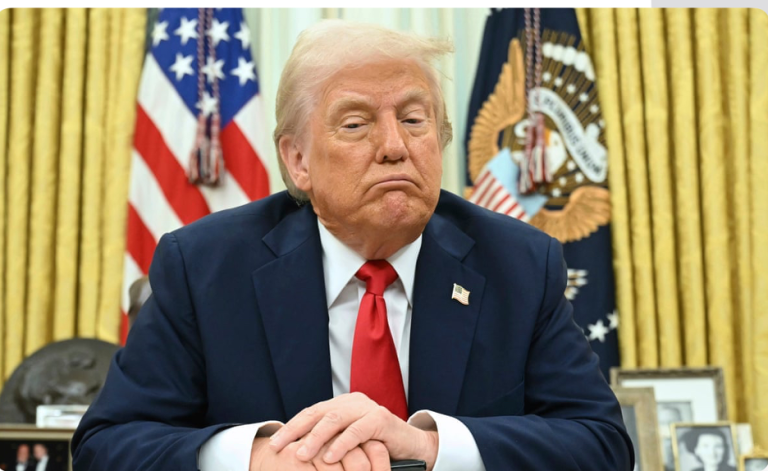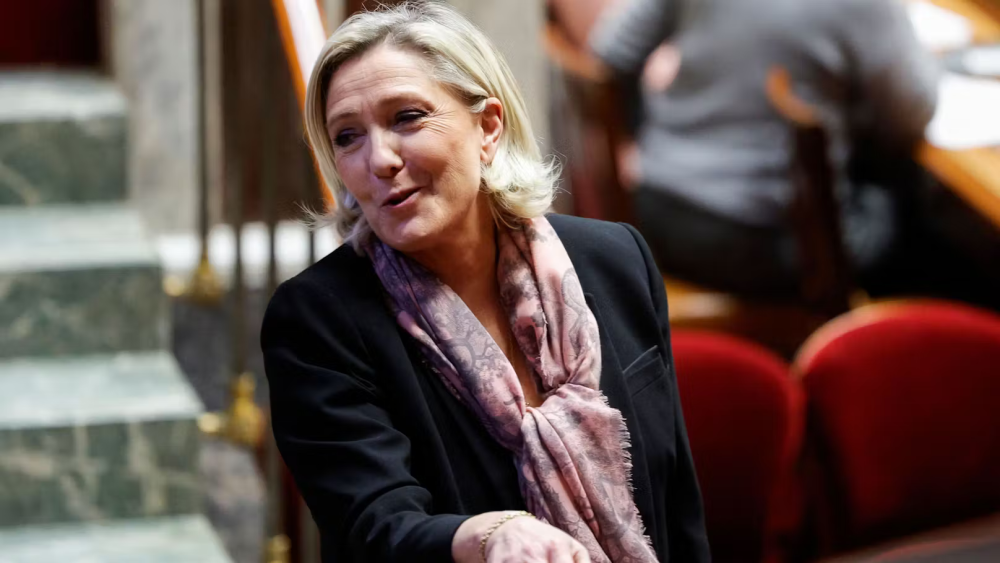Trump Media & Technology Group’s $2.3 billion stake sale
baffles as Truth Social flounders with losses, tiny user base
New York, N.Y. — On April 4, 2025, the saga of Truth Social and Donald Trump continues to baffle and frustrate onlookers. What began as a supposed bastion of free speech has morphed into a perplexing financial riddle, leaving many to question how this platform even stays afloat. Recent headlines scream of Trump Media & Technology Group offloading a $2.3 billion stake, yet the numbers don’t add up—how does a platform with dwindling users and negligible revenue command such a valuation?
Let’s rewind. Truth Social launched in 2022 as Trump’s answer to being booted from mainstream platforms like Twitter (now X). The pitch? A haven for unfiltered voices. The reality? A ghost town of engagement, overshadowed by X, where Trump’s posts still garner more traction despite his own platform’s existence. Fast forward to 2025, and Trump Media & Technology Group (stock ticker: DJT) filed papers with the SEC allowing Trump to sell his shares. Shares dropped, yet the company’s market cap somehow lingers in the billions. Disbelief is the only rational response.
Analysts are tearing their hair out.
Truth Social reportedly lost $49 million in 2023, with a user base that’s shrinking faster than a deflating balloon. Compare that to X, where Elon Musk has turned chaos into profit. So why does DJT stock defy gravity? Some whisper it’s a vehicle for foreign money or a bribe conduit for wealthy investors currying favor with Trump. Others call it a scam fleecing loyal MAGA supporters who sank retirement funds into a sinking ship. Either way, the math is maddening.
Take the latest twist: a partnership with Crypto.com to launch ETFs via Truth.Fi. Really? A platform that can’t keep users is now a crypto pioneer? Then there’s Trump’s ai-generated Gaza video—complete with a topless Netanyahu and a golden statue of himself—posted on Truth Social. Backlash ensued, even from his own users. It’s absurdity piled on absurdity, yet the stock ticks along.

Financial filings paint a grim picture.
Losses are blamed on “non-cash charges,” but revenue remains a mirage. Meanwhile, Trump’s net worth—tied to DJT—swings wildly, raising red flags about conflicts of interest as he wields presidential power. Critics argue it’s a legalized grift, a way for investors to pad his pockets under the guise of a media venture. Supporters see genius in his deal-making. The rest of us? We’re just exhausted.
The SEC filing hints at more to come. If Trump cashes out, what happens to Truth Social? Does it collapse like a house of cards, or does some mysterious cash infusion keep it limping? The platform’s purpose—beyond amplifying Trump‘s rants—remains unclear. Is it a business, a political tool, or a vanity project? No one knows, and that’s the most frustrating part.
As Trump teases a third term (U.S. Constitution be damned) and juggles tariffs on Canada, Mexico, and China, Truth Social lingers as a bizarre footnote. It’s not about innovation or disruption—it’s about clinging to relevance in a world that’s moved on. The disbelief isn’t just in its survival; it’s in how anyone still buys the hype.
“Truth Social” and Donald Trump – The Mirage of Success? (April 5, 2025)
#TruthSocial, #DonaldTrump, #TrumpMedia, #DJT, #SocialMediaFail

Dig deeper—share your take
on Truth Social’s survival
in the comments below!
SOCIAL MEDIA
X Blurb (20-25 words, 278 characters):
[Truth Social]’s $2.3B Mystery Stumps Analysts: [Trump]’s platform flounders yet defies collapse. #TruthSocial #DonaldTrump Full story: bit.ly/Truth2025
Bluesky Blurb (25-30 words, 297 characters):
Hey, anyone get why [Truth Social]’s $2.3B Mystery Stumps Analysts? [Trump]’s platform is bleeding users but still afloat. #TruthSocial #DonaldTrump Check it out: bit.ly/Truth2025
LinkedIn Blurb (75-100 words, 499 characters):
[Truth Social]’s $2.3B Mystery Stumps Analysts: [Trump Media & Technology Group]’s latest move raises eyebrows in the business world. With losses piling up and a shrinking user base, how does this platform retain a billion-dollar valuation? Is it a legitimate media venture or a financial shell game? The implications for [investors] and the media industry are stark as [Donald Trump] navigates his dual roles. #TruthSocial #DonaldTrump #BusinessInsights Full story: www.stewardshipreport.org/wiki/truth-social-2025
Truth Social Blurb (40-50 words, 498 characters):
[Truth Social]’s $2.3B Mystery Stumps Analysts. [Donald Trump]’s platform sees a massive stake sale despite losses and low engagement. Is it a business or a puzzle? #TruthSocial #Trump2025 Read more: www.stewardshipreport.org/wiki/truth-social-2025
Mastodon Blurb (50-60 words, 299 characters):
What’s up with [Truth Social]? Its $2.3B Mystery Stumps Analysts as [Trump] sells off a stake in a platform losing steam. Losses, tiny user base—yet it’s valued in billions. Is it a scam or a stroke of genius? Join the convo! #TruthSocial #Trump2025 www.stewardshipreport.org/wiki/truth-social-2025
Instagram Blurb (30-40 words, 298 characters):
[Truth Social]’s $2.3B Mystery Stumps Analysts. [Trump]’s platform defies logic with huge losses, tiny reach. See the full story—link in bio!
#TruthSocial #DonaldTrump #MediaFail #News2025 #Unbelievable
Facebook Blurb (60-75 words, 349 characters):
How does [Truth Social] survive? [Truth Social]’s $2.3B Mystery Stumps Analysts as [Trump] unloads a stake in a platform bleeding cash and users. Is it a grift, a bribe pipeline, or just bad business? Dive into the bizarre tale of [DJT]’s 2025 rollercoaster. #TruthSocial #DonaldTrump #News2025 www.stewardshipreport.org/wiki/truth-social-2025
Reddit Blurb (75-100 words, 499 characters):
[Truth Social]’s $2.3B Mystery Stumps Analysts: [Trump]’s selling a stake in a platform with $49M losses and barely any users. Valued in billions, it’s either a scam or a money funnel—yet it keeps going. Crypto deals, weird [Gaza] videos—what’s the endgame? How does a failing social media site defy financial logic in 2025? #TruthSocial #Trump2025 www.stewardshipreport.org/wiki/truth-social-2025






